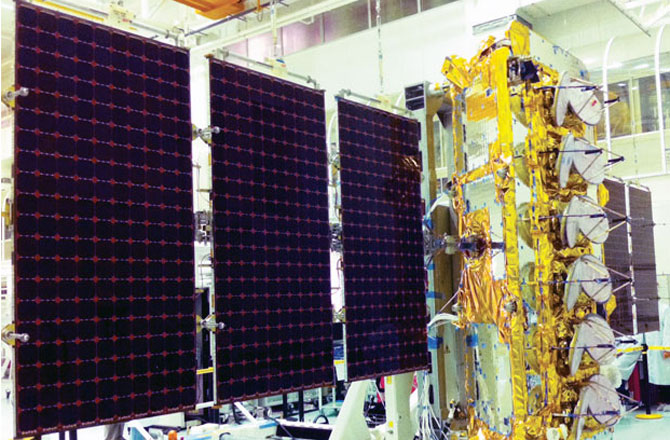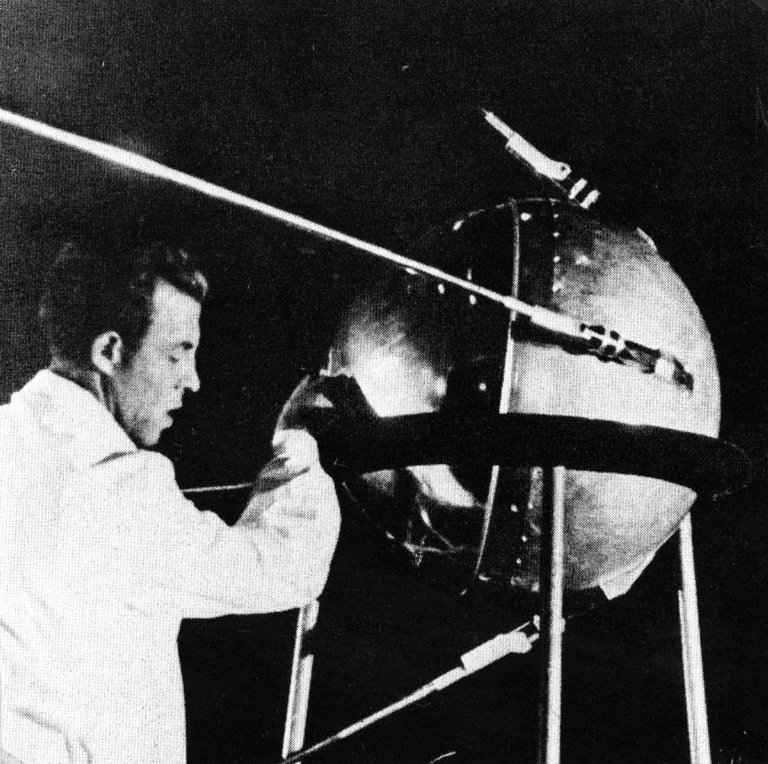Google Invests In Satellite Swarms to Expand Internet (Video)

Google has considered both balloons and drones in its quest to spread high-speed Internet access across the globe. Now the Internet giant aims to go even higher by investing billions in a fleet of satellites that could help reach "the other 3 billion" people who live in regions of the world lacking broadband Internet access.
The new Google satellite venture envisions at least 180 small, orbiters flying at lower altitudes than most satellites and delivering high data capacity services, according to the Wall Street Journal. Cost estimates by "people familiar with the project" range between $1 billion and $3 billion, depending on a planned later phase that could double the number of satellites. But analysts interviewed by the Wall Street Journal gave wildly varying cost estimates ranging from $600 million at the low end to an astronomical $20 billion at the high end.
Google Maps Tries To Save The Planet: Photos
Leading the satellite project is Greg Wyler, founder of the Dutch satellite-communications startup O3b Networks Ltd., who recently joined Google along with his company's former chief technology officer. O3b has already independently launched the first of about a dozen satellites aimed at providing broadband Internet access to regions on both sides of the equator.
Most high-bandwidth satellites operate in geostationary orbits about 36 000 kilometers above the Earth's equator — an altitude that translates into lag time for data traveling back and forth between space and Earth. By comparison, O3b has placed its satellites into orbits at about one-fourth that height. The startup must place more satellites into the lower orbits in order to achieve the same geographical coverage, but it cut the time for round-trip data delays from an average of 638 milliseconds to less than 150 ms.
Google wants to take O3b's approach a step further by launching a larger swarm of smaller satellites into an even lower Earth orbit. These would weigh less than 113 kilograms, as opposed to the 680 kilograms of O3b's current design.
Get the Space.com Newsletter
Breaking space news, the latest updates on rocket launches, skywatching events and more!

The new satellite venture with O3b also means Google now has ownership or a stake in most of the five technological approaches IEEE Spectrum previously singled out as being capable of spreading broadband services to the hinterlands. One of the other technologies comes in the form of metamaterial antennas made by Kymeta Corp that can track moving satellites more cheaply than traditional antennas. As the Wall Street Journal reports, Kymeta Corp already supplies its antennas to O3b.
Get more from IEEE Spectrum
- DIY Space Programs
- 9 Earth-Imaging Start-ups to Watch
- We’ve Already Passed the Tipping Point for Orbital Debris
This article originally appeared on IEEE Spectrum; all rights reserved. It was provided by Discovery News.
Join our Space Forums to keep talking space on the latest missions, night sky and more! And if you have a news tip, correction or comment, let us know at: community@space.com.
Jeremy Hsu is science writer based in New York City whose work has appeared in Scientific American, Discovery Magazine, Backchannel, Wired.com and IEEE Spectrum, among others. He joined the Space.com and Live Science teams in 2010 as a Senior Writer and is currently the Editor-in-Chief of Indicate Media. Jeremy studied history and sociology of science at the University of Pennsylvania, and earned a master's degree in journalism from the NYU Science, Health and Environmental Reporting Program. You can find Jeremy's latest project on Twitter.









